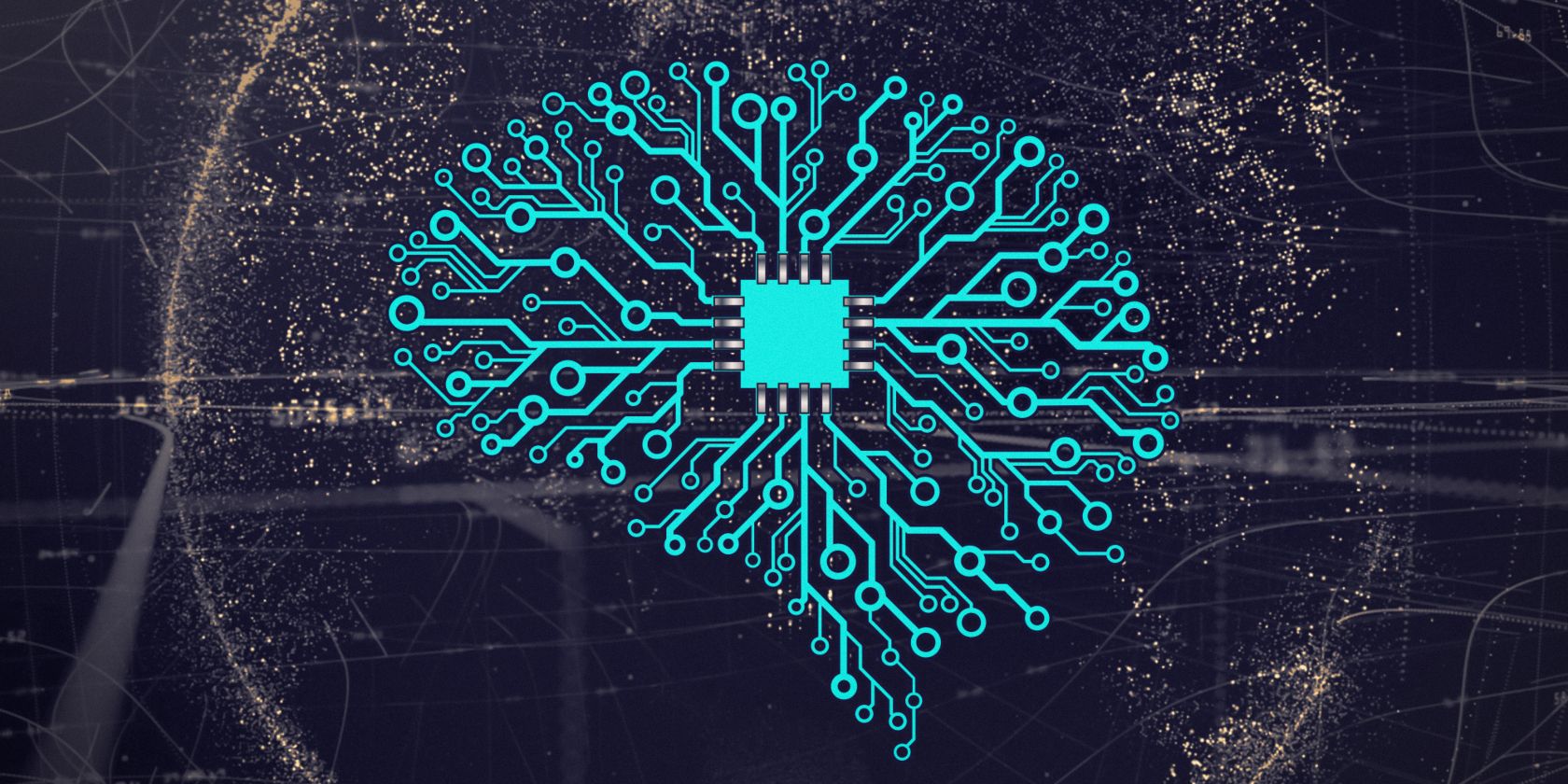Neural networks are a subset of artificial intelligence (AI) that mimic the human brain’s structure and function to solve complex problems. These networks consist of interconnected layers of nodes or “neurons” that process information and learn from data inputs, thus enabling AI systems to make sophisticated decisions.
In the real world, neural networks are being used in various sectors for different applications. They have become an integral part of our daily lives, even if we may not always realize it.
One area where neural networks play a significant role is in speech recognition technologies. Virtual assistants like Amazon’s Alexa, Apple’s Siri, and Google Assistant use these algorithms to understand spoken language and respond accurately. Neural networks enable these AI systems to filter out background noise, recognize different accents and dialects, interpret natural language queries effectively, and learn from their mistakes over time.
In healthcare, neural networks are revolutionizing diagnostics and patient care. They can analyze medical images such as CT scans or MRIs with remarkable accuracy to detect diseases at early stages. For instance, Google’s DeepMind has developed an AI system using neural networks that can diagnose eye diseases as accurately as world-leading doctors.
Additionally, financial institutions leverage service for generating content with neural network fraud detection by analyzing patterns in transactions that might indicate fraudulent activity. The ability of these systems to learn from past data helps them adapt quickly to new types of fraud tactics.
Furthermore, self-driving cars employ advanced neural network models for object detection on roads – identifying pedestrians crossing streets or other vehicles approaching from different directions – thereby ensuring safe navigation through traffic situations.
On social media platforms like Facebook or Instagram, recommendation systems powered by neural networks suggest content based on users’ past behavior – what posts they liked or shared etc., enhancing user experience through personalized content delivery.
While these examples highlight successful applications of neural network technology across industries today; researchers continue exploring its potential for future advancements. Despite challenges like algorithm transparency issue – understanding how exactly the system made a decision, and the need for large amounts of data to train these models effectively, the impact of neural networks on our lives is undeniable.
In conclusion, neural networks are at the heart of many AI applications that we use daily. They have an extraordinary capacity to learn from data and improve over time, making them invaluable tools in solving complex real-world problems. As technology continues to evolve, it’s exciting to imagine what future applications of neural networks might look like – perhaps even ones that can outperform human intelligence in certain tasks.

